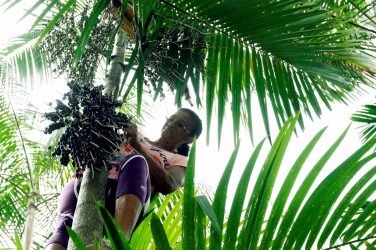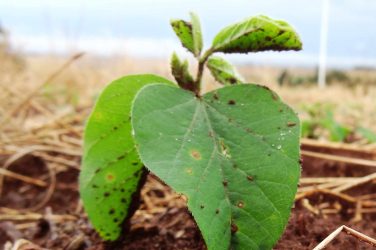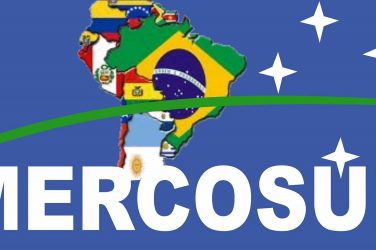 Brazilian President Michel Temer ratified Brazil’s adoption of the Paris Agreement, which sets targets to stop the global temperature rise.
Brazilian President Michel Temer ratified Brazil’s adoption of the Paris Agreement, which sets targets to stop the global temperature rise.
Ratified by the 197 countries of the United Nations Framework Convention on Climate Change (UNFCCC), the agreement was approved by Brazilian Congress in August. It is expected that the ratification will be presented to the United Nations later this month.
“I leave with the feeling that I have had a very nice gesture,” Temer said after ratifying the agreement. He pointed out that Brazil has “contributed greatly to the issue of the environment” on an international level over time, including at the ECO 92 and Rio+20 conferences.
According to the president, the climate issue is not a matter of individual governments, but a “state policy” dictated by popular sovereignty and the Constitution.

In order to enter into force, the Paris Agreement must be signed by at least 55 countries responsible for 55% of carbon emissions. So far, only 27 countries – responsible for 39% of global emissions – have ratified the treaty.
With the signing, Brazil officially commits to holding the increase in average global temperature below 2° C above pre-industrial levels by 2100. The treaty sets targets for each country. Brazil’s goal is to reduce 37% of greenhouse gas emissions compared to the 2005 levels by 2025, and 43% by 2030.
Strategies
According to Environment Minister, José Sarney Filho, Brazil starts “already” to adopt measures established by the agreement. He said the ministry will announce to society their “commitment to strategy,” particularly aiming to consolidate conservation and full protection areas, and sustainable use.
“A new development project for clean economy will generate skilled jobs and disseminate a culture of respect for the environment. The price paid for doing nothing related to climate change would be too high for everyone,” said the minister, who expressed interest in expanding protected areas and monitoring real-time actions against deforestation.
In agriculture, Brazil’s goal is to reforest an area of 12 million hectares. In addition to restoring over 15 million degraded lands and increasing by 5 million hectares the integrated crop-livestock systems and forestry.
According to Brazil’s Foreign Relations Minister José Serra, Brazil’s adherence to the agreement may even bring investments to the country. “In the world, we do not lack savings. We lack investment. This agreement creates a lot of opportunities for investment. We can make a fortune if we are competent,” he said.
“One way we can advance is by using cleaner transport. We have real potential for an industrial revolution that is less fossil fuel-intensive. And Brazil has the opportunity to lead this revolution,” he added.
The energy sector expects to increase the use of sustainable biofuels to 18%. Brazil plans to reach 45% renewable sources in its energy mix, out of which 28%-33% are non-water sources, including wind and solar power.
ABr










